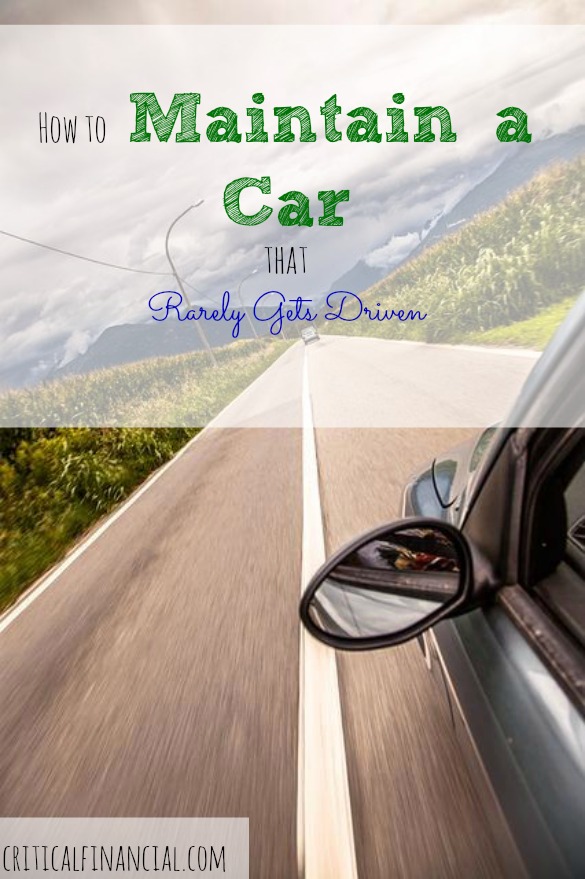Cars cost a lot to operate. According to AAA, it costs 59.2 cents per mile to operate a mid-sized car. So perhaps you’re giving driving a rest. Maybe you’re working from home, taking public transportation, walking or riding a bicycle everywhere. Good for you. But if you still own a car, it’s important to keep it in good working order. If you let it just sit, you’re likely to get just as many problems as if you were driving it. Without further ado, here’s how to maintain a car that rarely gets driven.
How to Drive the Car
It’s important to drive the car at least once per month. When you do, make sure to take it on a long enough drive to charge the battery fully. That means driving at least 15 miles, or at least 15 minutes, for most cars. Make sure to run the car at highway speeds as well. Use it as it should be used.
How to Store the Car
The most important thing to do is to ‘tend’ the battery. This means plugging in a battery tender. They are extremely cheap (Google Harbor Freight battery tender) and will save your battery. It’s worth drawing the power from your house. You simply clip it onto your battery and plug the car into a wall outlet. If your car isn’t close to an outlet, the next best thing is to get a battery disconnect switch for your battery. It’s basically a knob you turn to undo a battery cable while the car is parked. Then your battery won’t get drained by having the electronics on standby. But keep in mind that if you do this, your radio presets will be erased. And more importantly, your anti-theft electronics will be disabled.
What to Use on a Semi-Regular Basis
The following is a list of things to keep using on your car, no matter if you drive it 100 miles a day or 100 miles per year. If you don’t do these things, you’ll have problems. Rubber seals can get dry, electrics can stop working, moving parts can seize… trust me… run these accessories on your car at least every month:
- Power windows
- Power locks
- Power sunroof
- Air conditioning (this is very important – if you don’t use it, you lose it for sure)
- Heating
- Other power accessories
I’ve stored several cars before. Each time I’ve stored them without driving them semi-regularly, I’ve had problems. I’ve had numerous mechanics as well tell me “The worst thing you can do for a car is to let it sit.” After having to replace an air conditioning system, a heater core, ABS brakes and a brake master cylinder… I do believe they’re right.
I actually have a car in storage right now. But it’s hooked up to a battery tender. And at least every month I take it for a long drive. So far, so good.
If you stop driving a car, do still give it a little love. And if it gets too inconvenient to give it love, consider selling it. After all, an idle (get it?) asset is never a good thing.
I’m a personal finance freelance writer and webmaster. I welcome you to visit me at www.thefrugalpreneur.com


